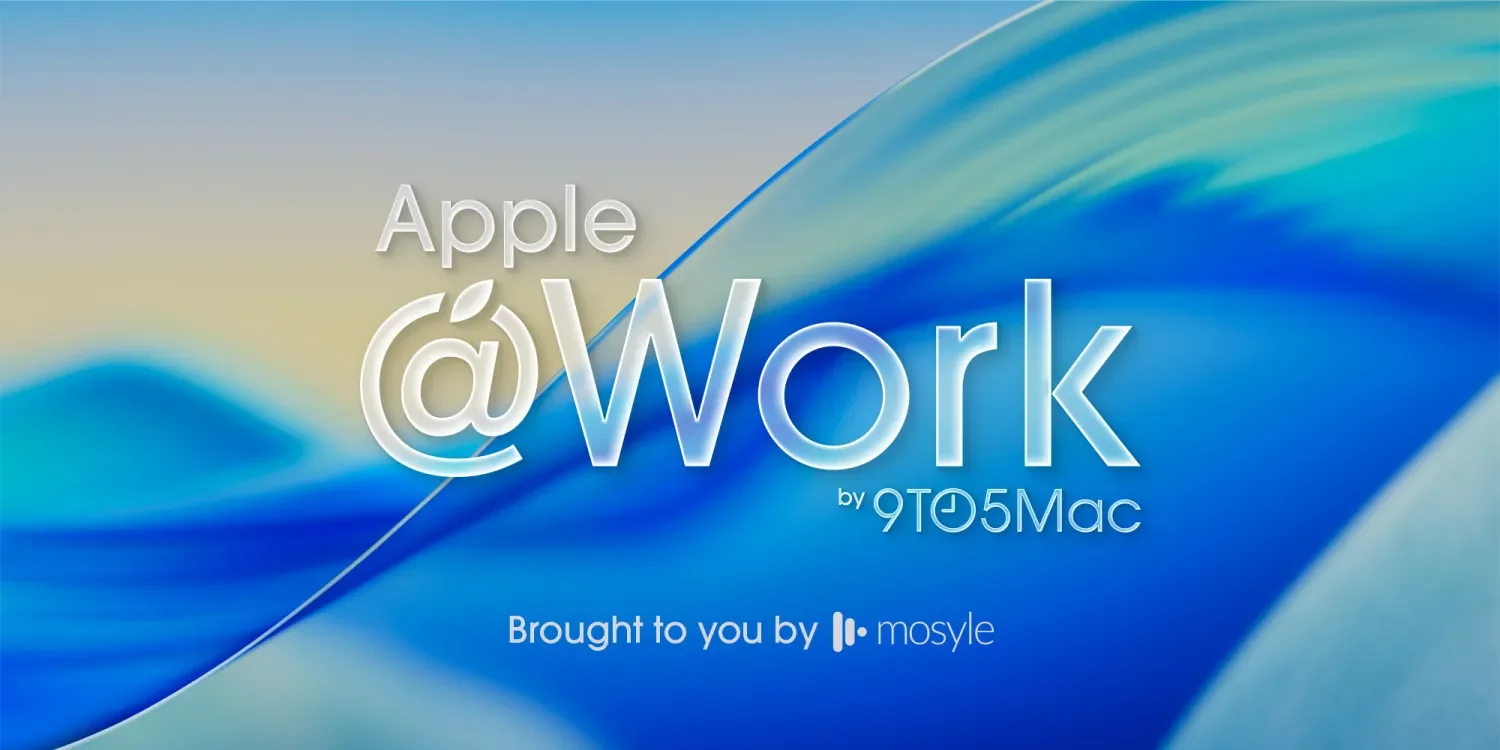Redefining Accessibility: How Apple Vision Pro and Cognixion Are Advancing Non-Invasive Brain-Computer Interfaces
November 2025
Cognixion was recently featured in 9to5Mac’s Apple @ Work, highlighting how Apple Vision Pro is helping advance accessibility through non-invasive brain-computer interfaces (BCIs). The feature explores how Cognixion’s ongoing clinical study is using Vision Pro to better understand how people living with ALS, spinal cord injuries, stroke, or traumatic brain injury can communicate using a combination of brain signals, eye tracking, and artificial intelligence.
Building on a Shared Vision for Accessibility
At Cognixion, we believe accessibility and innovation go hand in hand. By pairing Cognixion’s EEG-based Nucleus™ technology with Apple’s accessibility features such as Eye Tracking, Dwell Control, and Switch Control, the study is testing new ways for individuals with limited mobility or speech ability to interact with technology through thought and gaze alone.
“Apple has set a global standard by making accessibility integral to every device, and Apple Vision Pro extends that commitment to spatial computing,” said Andreas Forsland, CEO of Cognixion. “By exploring how Cognixion’s non-invasive BCI technology and AI applications can work with Apple’s accessibility features, we hope to unlock new levels of independence and connection for people living with neurological conditions. Our focus is on improving lives today without requiring surgery or tethered systems.”
The study will run through April 2026 and is part of Cognixion’s broader mission to develop non-invasive neuroadaptive systems that restore communication and empower individuals to live more independently. More than 14 million people in the United States live with neurological conditions that affect communication. This research represents a meaningful step toward expanding access and independence without the need for implanted devices.
Why Apple Vision Pro
Apple Vision Pro’s hardware and accessibility frameworks provide a strong foundation for innovation in healthcare. The device’s high-resolution video passthrough allows users to see and interact with the real world while digital overlays support new modes of communication. Apple’s long-standing investment in accessibility APIs and human-centered design makes Vision Pro an ideal platform for medical research that bridges physical and digital environments.
By integrating Cognixion’s BCI systems with Apple’s spatial computing environment, researchers are able to focus on decoding EEG signals and AI-driven communication models without reinventing the operating system or user interface. It is an example of how cross-industry collaboration can accelerate discovery and improve lives.
Looking Toward the Future
Cognixion’s work with Vision Pro highlights the power of inclusive design and the potential of non-invasive BCIs to redefine what accessibility means. This is not just a technological milestone; it is a human one.
As spatial computing evolves, it is becoming clear that the most transformative innovations are often the quiet ones that remove barriers, restore connection, and give people new ways to participate in the world around them.
At Cognixion, we are committed to that mission — building technologies that empower communication, connection, and independence for everyone.
🔗 Read the full article on 9to5Mac: How Apple Vision Pro is helping redefine accessibility through non-invasive brain-computer interfaces
#Accessibility #AI #BCI #Neurotech #AppleVisionPro #DigitalHealth #AssistiveTech #Innovation #Cognixion

